A guide on how to look after your pet’s changing physical and mental needs as they age.
As our beloved pets enter their golden years, it’s essential to adapt our care strategies to meet their changing needs. Ageing pets require tailored approaches to ensure they have the best possible quality of life, which they certainly deserve after their lifetime of dedication to us!
In this blog post, we will explore behavioural changes you might see in your elderly pet, and plenty of simple ways you can adapt to your pet’s changing needs around mental stimulation, diet, and physical activity.
Behavioural changes in ageing pets
As domestic pets age, along with physical changes like greying hair, it’s common to observe certain changes in their behaviour. Some of the changes you may notice include a decrease in energy levels and activity, reduced mobility or stiffness, changes in sleep patterns, increased sensitivity to noise or touch, potential hearing or vision loss, decreased appetite or changes in eating habits, increased restlessness or confusion, and possible changes in social interactions.
In particular as your pet’s sight and hearing decline, their cognition can start to slow too and they may become a little confused at times. In some cases, they become more dependent and attached to you and the family.
For dogs, as their senses start to fade or their pain levels increase, they may also become more reactive to other dogs, people, general touch or certain noises and stimuli. If you see a shift in your dog’s behaviour, see your vet to assess any changes going on in your dog’s body so that you can better understand their needs. You may need to get your dog on pain medication, ensure you’re giving them plenty of obvious warning as you approach if their hearing has gone downhill so they don’t get a fright, you may need to give them a quiet space to retreat to if you have loud visitors (especially kids) coming round, or you may need to monitor their interactions with other dogs more carefully.
Similarly with cats, if you notice any pronounced changes to their behaviour, it’s always worth getting a vet check to see if they’re in pain or there’s any way you can support them.
Regular check-ups with a veterinarian can help address any underlying health concerns contributing to behavioural changes and provide appropriate guidance for your ageing pet’s care, I suggest vet checks once a year or if you see any particular cause for concern or change in behaviour.
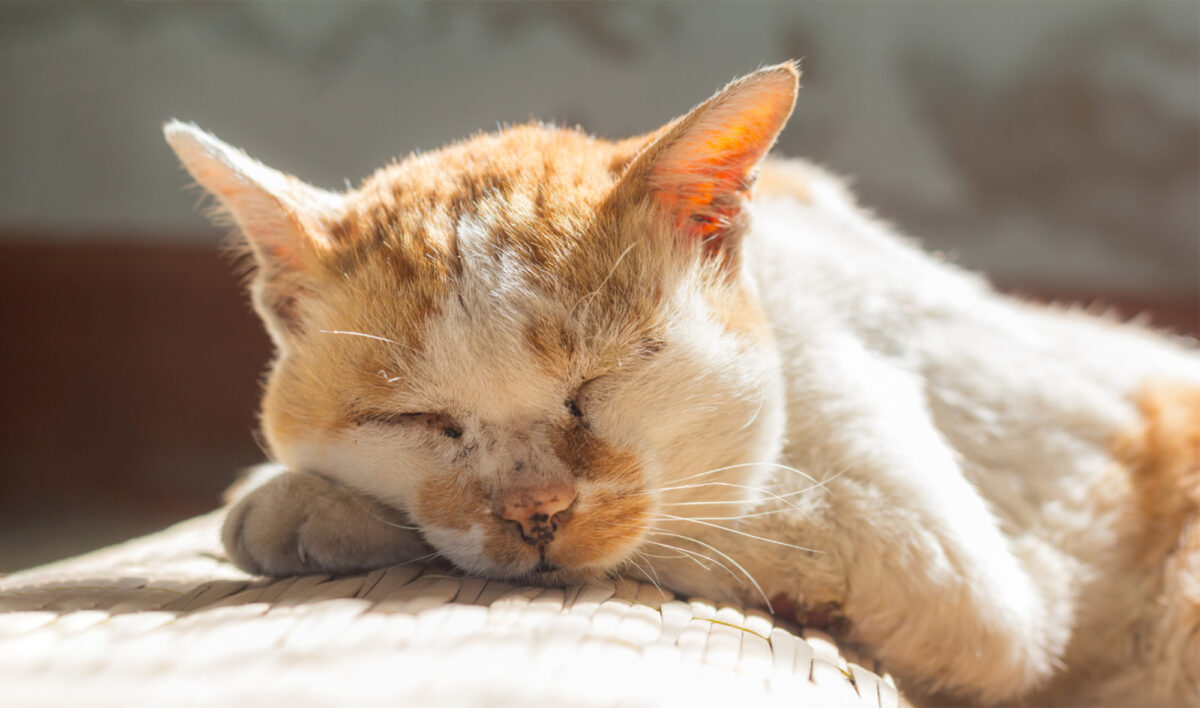
Mental stimulation for senior pets
Elderly pets benefit greatly from low-impact mental stimulation activities that engage their minds and prevent boredom. While they may no longer be fit for boisterous play, jumping, chasing and agility style challenges, there are plenty of activities they can do which will help promote cognitive function and provide a sense of purpose. They will still love to use their brain! Here are some examples:
Puzzle toys and treat dispensers: Use interactive toys designed for senior pets that challenge their problem-solving skills. These toys can be filled with treats to reward their efforts, keeping them mentally engaged.
Scent games: Engage your senior pet’s sense of smell by hiding treats or toys around the house or in the backyard. This activity allows them to use their nose to locate hidden treasures, providing mental stimulation and light physical activity. Interestingly, olfaction (the sense of smell) is often the last of the senses to deteriorate. It is such a rich sense for pets and sniffing something interesting is like us reading the newspaper.
Massage and tactile stimulation: Spend quiet time with your senior pet, offering gentle massages to provide physical relief and relaxation. Brush their coat or use grooming tools designed for relaxation to provide tactile stimulation, which can have a calming and engaging effect.
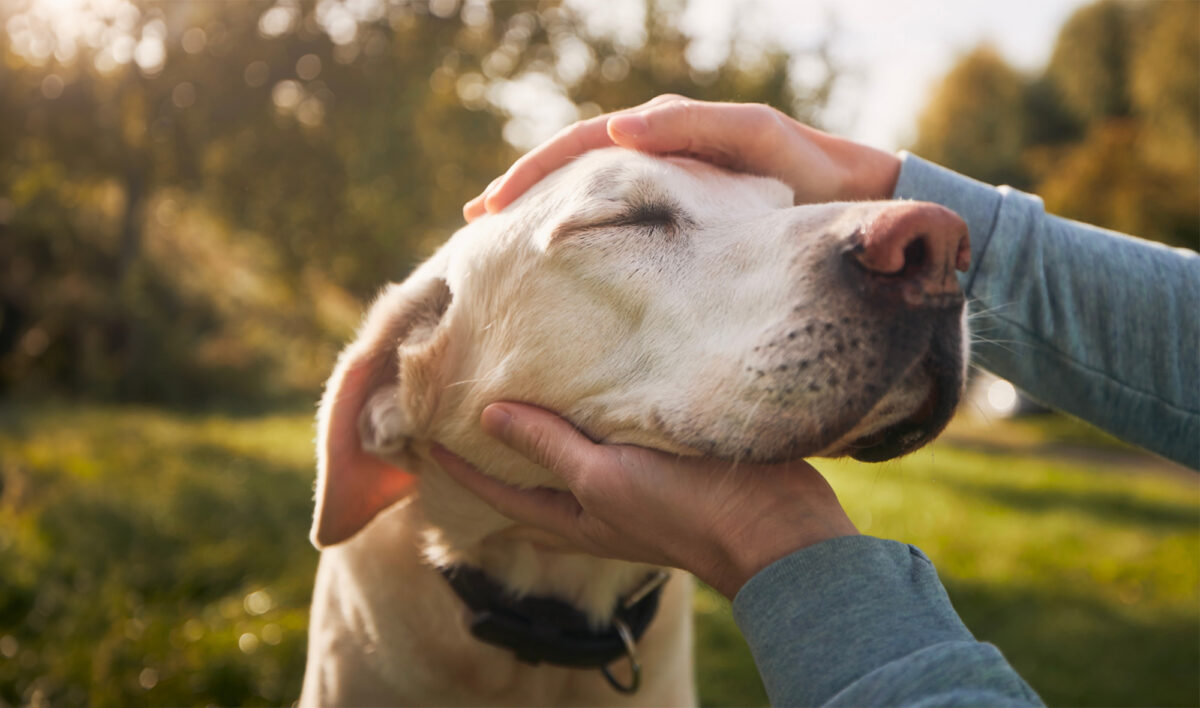
And a couple of extra options for senior dogs!
Gentle walks and nature exploration: Take your senior dog on short, leisurely walks to explore the neighbourhood or nearby parks. Let them sniff around and engage their senses at their own pace off-lead or on a long-lead or retractable. Choose a variety of locations each week to provide different scents and experiences for them to enjoy, so it’s a more stimulating experience! A dog’s sense of smell is more incredible than we’ll ever be able to truly grasp, so allowing them to explore the vast world of smells they have access too is the best mental stimulation you can provide, while also providing light exercise.
Basic training and tricks: Continue training sessions with your senior dog, focusing on low-impact exercises. Teach them new commands or reinforce existing ones, such as paw shakes, stay, or recall to keep their minds sharp and strengthen the bond between you.
Dietary considerations for ageing pets
As pets age, their nutritional needs change, and it’s important to adjust their diet accordingly. Consult with your veterinarian to determine the best approach for your senior pet’s dietary requirements:
Quality senior pet food: Transition to a high-quality senior pet food that provides the necessary nutrients to support ageing bodies. Look for formulations designed specifically for senior pets, which may include joint-supporting ingredients, easily digestible proteins, and supplements like glucosamine and chondroitin. If your pet’s teeth and gums aren’t what they used to be, soak dry biscuits in warm water or broth to soften them and provide additional hydration. Teeth and gums often deteriorate with age, so ask your vet to give them a check up when you’re in the clinic.
Portion control: Obesity is a common concern for older pets, so follow your vet’s guidance on portion control and feeding frequency to ensure your senior pet maintains a healthy weight. Excess weight will add further pressure to joints in their body as they get older.
Supplements: Your vet may recommend certain supplements to address specific health issues commonly associated with ageing pets. These may include joint supplements, omega-3 fatty acids for cognitive health, or antioxidants to support immune function.
Exercise and physical activity for ageing pets
Maintaining an appropriate exercise routine is crucial for the overall well-being of ageing pets, particularly dogs, who tend to rely on humans to meet their physical exercise requirements, however it’s important not to overdo it. Cats are more self-regulating around exercise, though there are still some ways you can encourage age-appropriate movement.
Consider the following when engaging in physical activities with your senior dog:
Low-impact exercise: Opt for low-impact exercises such as leisurely walks, swimming, or gentle play sessions. Short, frequent walks are preferable to long, strenuous outings. Be mindful of any physical limitations or discomfort your senior dog may have, adjusting the duration and intensity accordingly. Some dogs won’t be able to resist pushing themselves too far, even if if means suffering later, so make sure you’re conscious that you can’t always follow their lead or expect them to self-regulate.
Balance and coordination exercises: Engage your senior dog in activities that promote balance and coordination, helping to maintain muscle strength and joint flexibility. Simple exercises like balancing on a foam pad, walking over low obstacles, or slow movements like “sit to stand” repetitions can be beneficial.
Mental stimulation exercise: Incorporate mental stimulation into your senior dog’s exercise routine. For example, you can hide treats or toys along the walking route for them to discover, encouraging sniffing and exploration.
For cats, encourage movement through interactive play sessions, keeping the intensity at an appropriate level for your cat’s currently ability and energy levels.
Access and comfort for your senior pet
Consider how you might need to adapt your pet’s environment to support their comfort as they age. For example, consider upgrading bedding to something like memory foam, with ample padding to support aching joints and muscles. Ramps may also be useful, for example to help cats reach their preferred high lookout points around the house, or for helping older dogs enter and exit vehicles.
Grooming for senior cats
Senior cats may require assistance with grooming due to arthritis or other mobility issues. Help them maintain their coat by gently brushing them regularly to remove loose fur and prevent matting.
Good luck with this next phase of your pet’s life…
Caring for ageing pets involves an approach that addresses mental stimulation, dietary adjustments, and appropriate exercise to ensure we offer them the best possible quality of life. By providing tailored mental activities, a well-balanced diet, and engaging but not strenuous physical routines, we can support the overall health, cognitive function, and emotional wellbeing of our senior companions.
With your love, attention, and proper care, your pet can enjoy a fulfilling and happy life in their golden years.




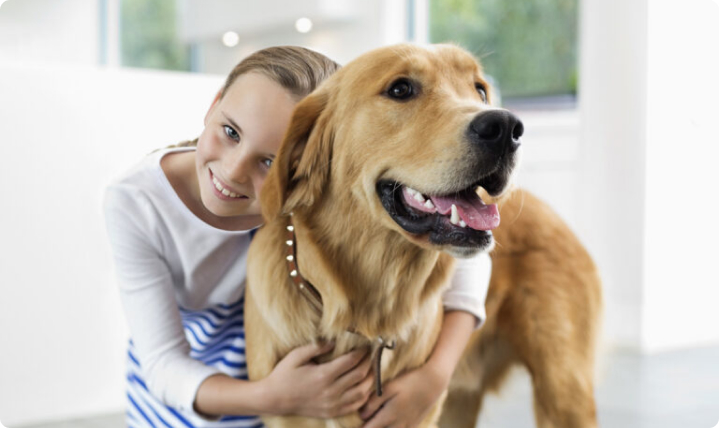


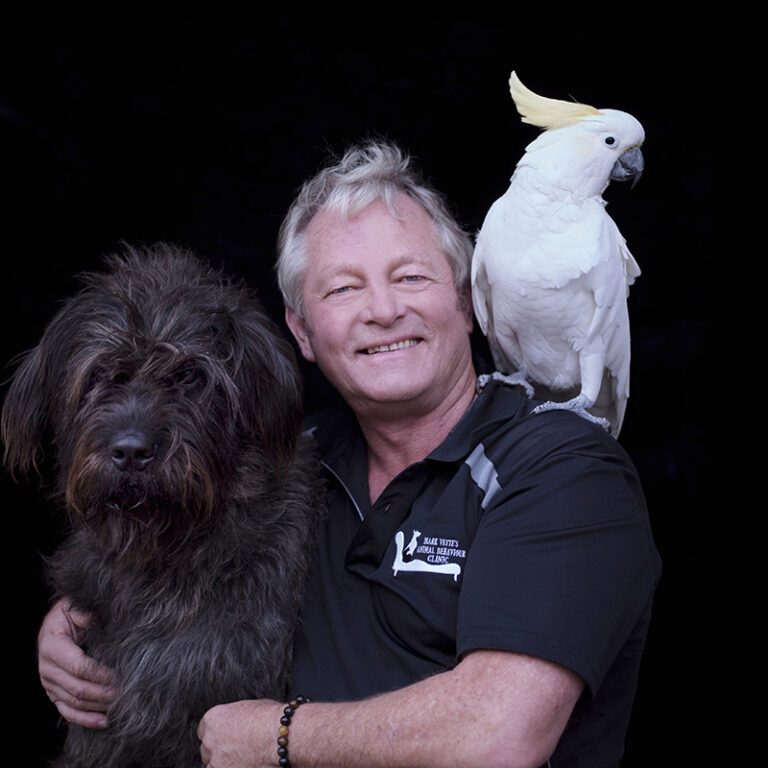



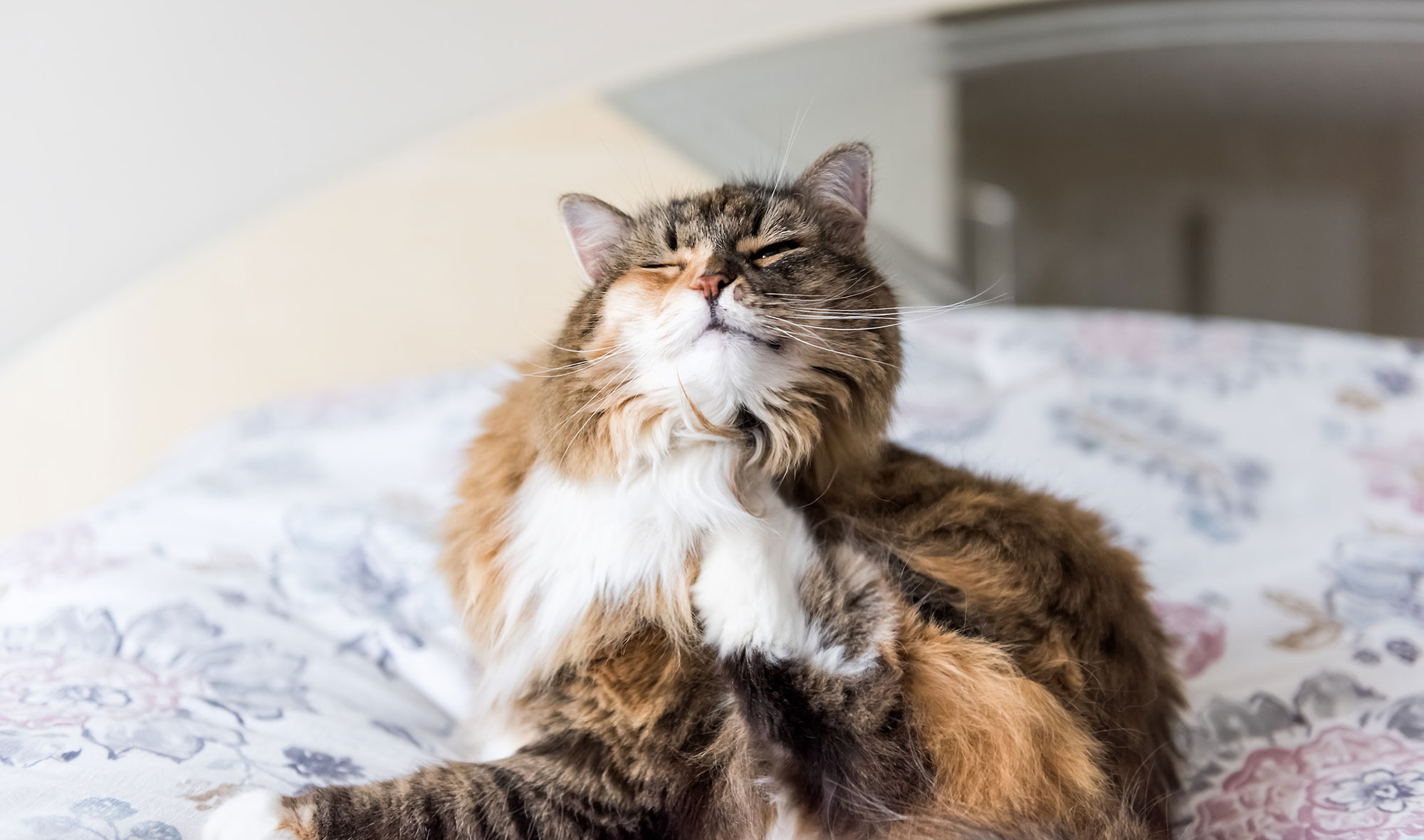
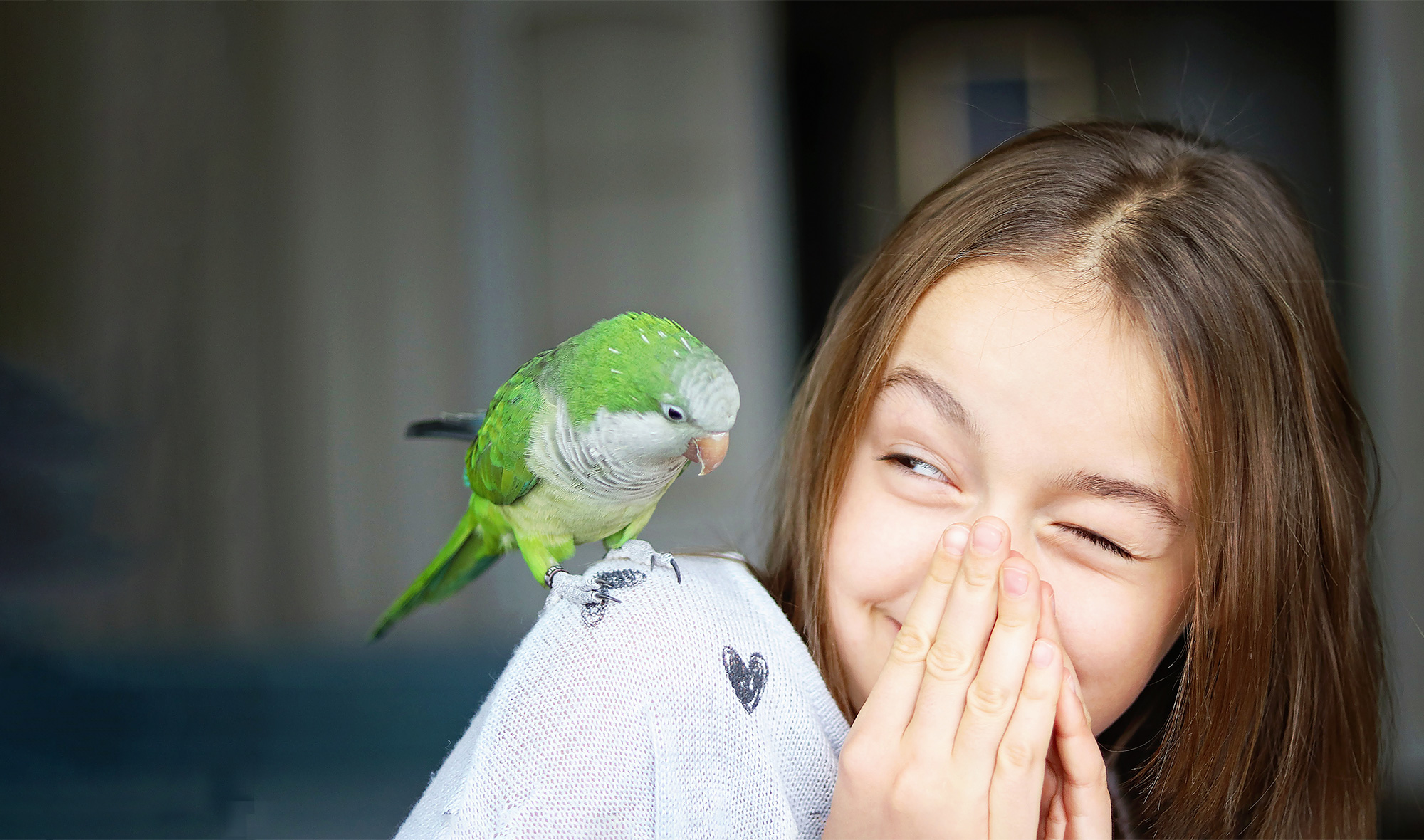
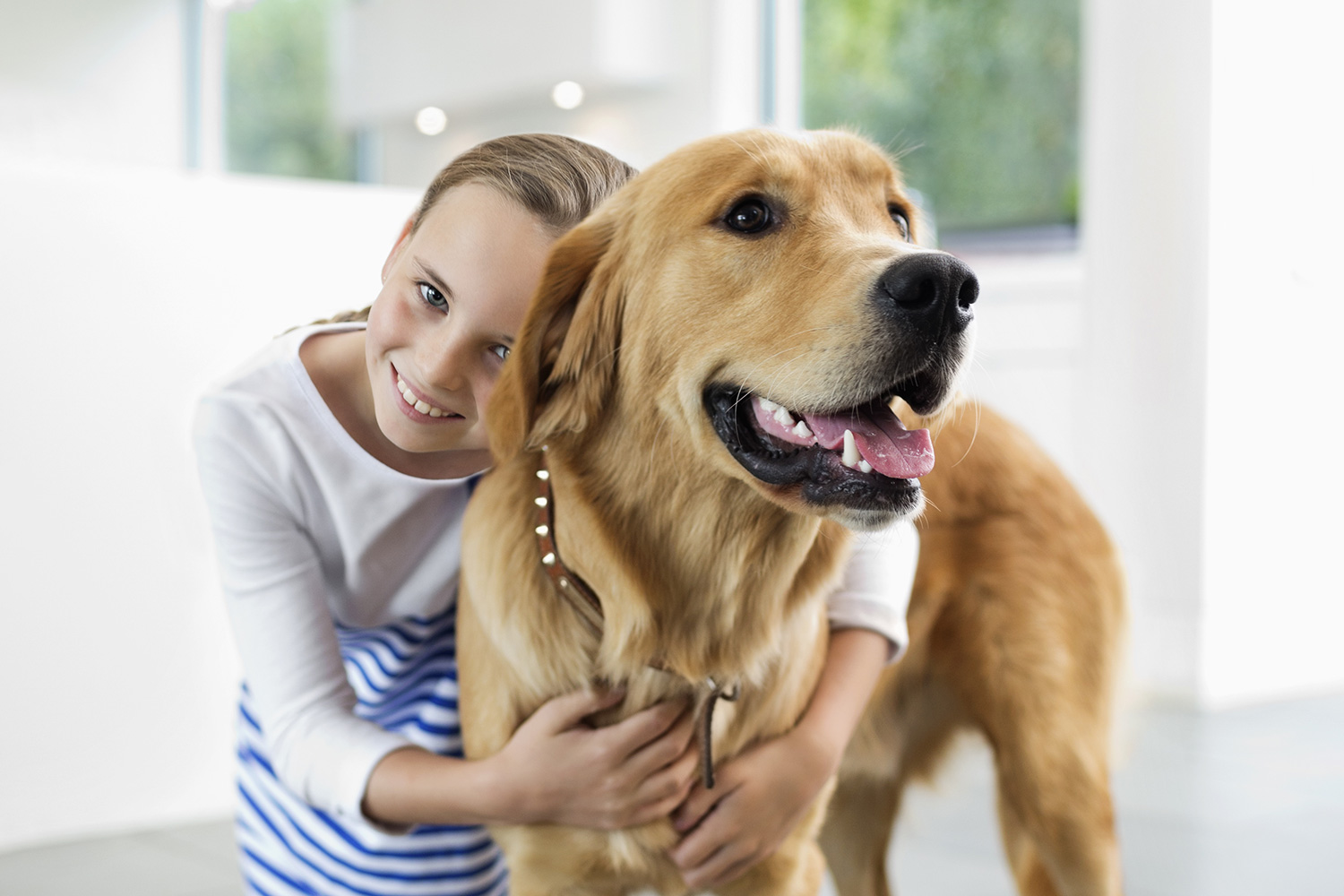




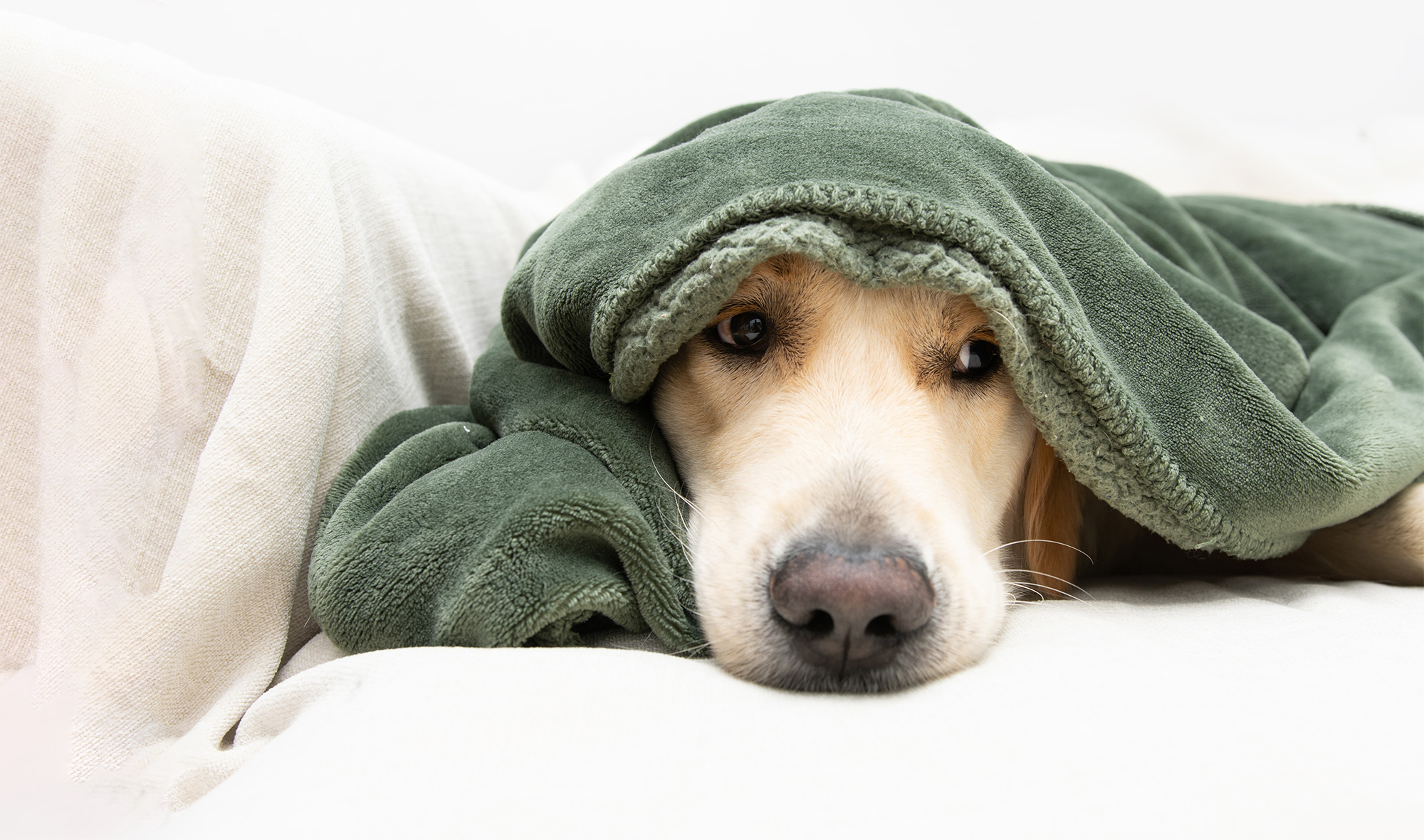

Community